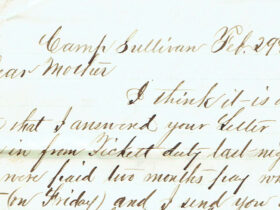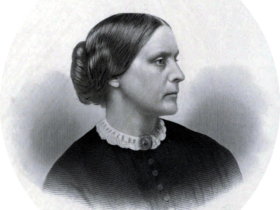IBM has lasted for 100 years because the company has a soul, journalist/author Kevin Maney told the Binghamton University Forum at its annual dinner on June 11.
And that soul has always been in Endicott.
“IBM has been important, vital and contributed to inventions and technology for 100 years,” Maney said during the black-tie gala held at the Appalachian Collegiate Center. “It has had some hiccups here and there, but in this moment of time it’s really strong. How does a company do this? It’s a soul. This company has never been about a particular product or strategy or business sector. It’s always had a sense of itself – a culture that glues people together.
“The soul comes from the early days, your beginnings. That is about Endicott.”
Read the remainder of the article here
Indeed, IBM is an integral part of the local history of Endicott, NY and the surrounding area. The company was founded in 1911 as the Computing Tabulating Recording Corporation (CTR) through a merger a number of companies including the International Time Recording Company (ITR), the Computing Scale Corporation, and the Bundy Manufacturing Company (the first time-recording company in the world, located in Binghamton). The name International Business Machines (IBM) was adopted in 1924.
The original Bundy building, erected on North Street in 1906, still stands. Many of the IBM factory buildings, including Factory #1 and the IBM Schoolhouse, also still stand. Endicott was the original location of all research and development from the early 1900s through World War II. By the 1930s IBM was the leading company in the world in electromechanical data processing and had contracts with a number of government agencies, notably the original Social Security contract. The factory complex centered at North St. and McKinley Ave. expanded rapidly in the late 1930s and early 1940s.
After World War II, IBM concentrated on electronic data processing. IBM’s engineers and workers in Endicott were the first to provide reliable and cost-effective computers to government agencies, banks, and large corporations in the 1950s.
IBM expanded with the construction of large research and development centers in the Glendale section of the Town of Union and in Owego. By the mid-1960s, most IBM workers in the region worked at these sites. A circuit board fabricating plant was also built on North St. adjacent to the original factory complex in the mid-1960s. The 1970s saw thousands of area workers employed by IBM.
As IBM became a global corporation after the Second World War, corporate headquarters moved to suburban New York City and new research and manufacturing sites were established throughout the United States and overseas. In 2002, IBM sold the aging Endicott manufacturing site to local investors. IBM now leases several buildings in the complex and still employs a small number of workers.
Binghamton University Libraries’ Special Collections Local History Collection contains a number of resources for exploring IBM’s history. These include:
- IBM in Endicott by Ed Aswad (Special Collections Local History — HD9696.2.U64 I252 2005)
- The Maverick and His Machine : Thomas Watson, Sr. and the Making of IBM by Kevin Maney (Special Collections Local History — HD9696.2.U62 W386 2003)
- Father, Son & Co. : My Life at IBM and Beyond by Thomas J. Watson, Jr. (Special Collections Local History — HD9696.C64 I4887 1991)
- IBM, a Special Company by Ed Grimm (Special Collections Local History (Oversize)(*) — HD9696.1.I57 G74 1989)
- Think; a Biography of the Watsons and IBM by William Rodgers ( Special Collections Local History — HD9999.B94 I54)
Come visit us today and delve into this rich piece of our local history’s fabric.
See also: For a pioneer of technology, 100 years of “Think”
See also: IBM looks back over 100 years



